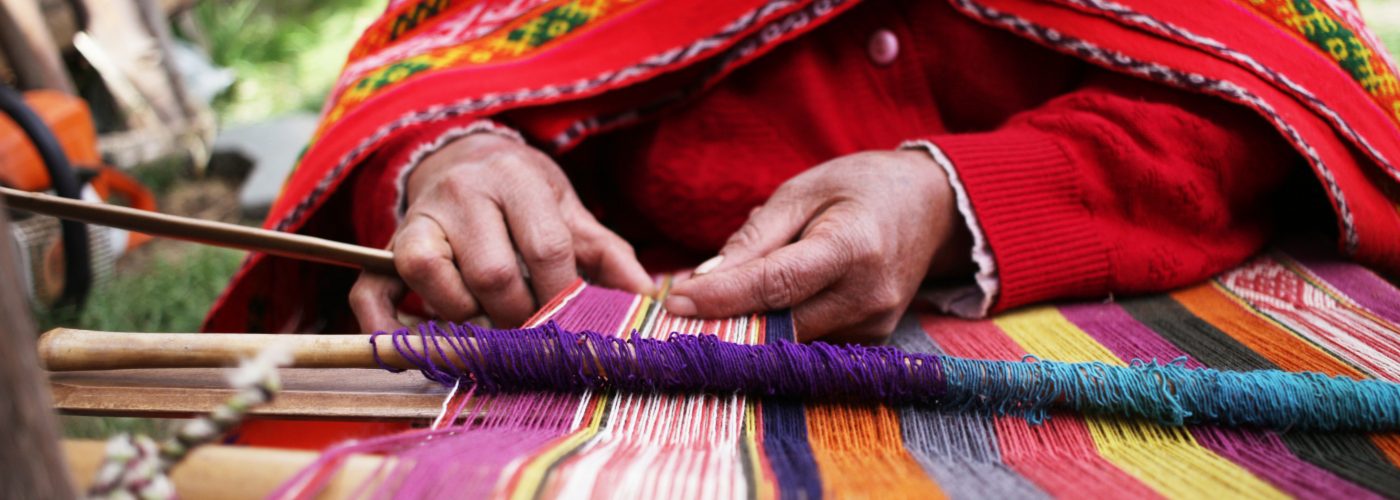Exploring Peru’s Sacred Valley of the Incas feels Just like going back in time. Centuries-old Inca terraces spill down green, misty hillsides. Women in traditional Andean dress stroll along the cobblestone streets of colonial towns, long black braids trailing their backs. Village markets display ponchos, hats, and delicate alpaca sweaters.
The Sacred Valley is tucked running across the Urubamba River from Pisac to Ollantaytambo. Travelers with limited time often skip the Sacred Valley in their rush to visit Machu Picchu, but the valley’s picturesque towns and well-preserved Inca ruins are worth a day or 2 in their own right.
The Sacred Valley has an additional advantage for travelers expecting to acclimate to the region’s altitude before visiting Machu Picchu: Most of this valley sits several hundred feet lower than Cusco.
When to Visit the Sacred Valley
Through its high season between August and June, see the Sacred Valley for the best chance of dry weather. The rainiest part of the year is November through March. Come during the shoulder-season months –April, May, September, and October–to get slightly smaller crowds and lower prices than you would see in high season, without an excessive danger of rain.
Top Sights from the Sacred Valley
Pisac: Famous for the Sunday market, in which farmers come from all around the Sacred Valley with a colorful bounty of local fruit and vegetables, Pisac is also worth a visit for its large Inca ruins. Located above the town through a street, stone ruins and the agricultural terraces offer sweeping views of the valley below.
Ollantaytambo: Aside from its cobblestone streets and cafes that are friendly, Ollantaytambo’s primary attraction is the Inca fortress situated right at the edge of town. Be prepared for some scaling although these ruins are more compact than those in Pisac; temples and the terraces were built into a steep hillside.
Chinchero: In this little city, you are able to take in a traditional weaving demonstration, check out a pretty colonial-era church, and research Inca terraces. Chinchero also has.
Maras: This city is home to 2 of the Sacred Valley’s most distinguishing attractions: a patchwork of hillside Exotic salt pools which have been used to mine salt for centuries, along with an Inca site named Moray, in which the concentric terraces resemble a giant green amphitheater.
Getting There and Around
The nearest major city to the Sacred Valley is Cusco; most international travelers arrive by air via Lima. Once in Cusco, there are a variety of ways. While cheap public buses operate in the region, many tourists find it safer and more comfortable to have a taxi or arrange a personal transfer by means of a hotel. Another alternative: Shared taxis, or colectivos, carry up to four passengers and join big cities in the area.
You can rent a car in the Cusco airport, but the U.S. State Department cautions against driving yourself during the night or in rural areas in Peru, thanks to bad signage and at times dangerous streets. Instead, many travelers combine local tours (see below) or hire a driver to take them round the Sacred Valley. Your hotel will be able to help you to find English-speaking guide and a driver.
Sacred Valley Tours
For travellers with limited time, the easiest way would be to take a set excursion. Full-day tours–such as the excursion from SmarterTravel’s sister website, Viator–typically stop in Pisac (including the market and destroys) in addition to Ollantaytambo. Tours include Chinchero or Moray and the Maras salt flats. For a more active day, you can go biking or horseback.
Additionally, there are one at Machu Picchu and two-day tours which include a single day in the Sacred Valley, such as this Viator offering.
Dozens of tour companies in Cusco run Sacred Valley tours. A couple of options include Alpaca Expeditions and Llama Trail.
The itinerary comprises, when choosing a tour, have a look at the amount of sites and how big this group. Some travelers need to squeeze as much sightseeing as they can into a single day, but some prefer a more leisurely schedule. Search for reviews of this excursion from travelers to get an notion about what to expect.
Sacred Valley Hotels
Many travelers into the Sacred Valley use Cusco as a foundation, but if you’re concerned about the elevation in Cusco — or in case you have a small amount of time — contemplate remaining valley. Most Sacred Valley hotels are located near Urubamba or Ollantaytambo, with a smaller number clustered from the Pisac area.
One solution that is luxurious is Inkaterra Hacienda Urubamba, which provides freestanding casitas and hacienda bedrooms overlooking the valley. Elegant touches include wood and stone decoration, heated towel racks, and hot-water bottles to keep your bedsheets nice and toasty. Guests can take part in a variety of on-site activities such as birdwatching walks and learning to make chicha de jora, a conventional Inca corn beverage.
For a more affordable stay, head to Hostal Iskay at old-town Ollantaytambo, where the rooms are basic but comfortable and the backyard offers views of this town’s Inca ruins. Or escape to Villa Urubamba, where you limber up from the biking area and are able to stroll through beautifully landscaped grounds.
Don’t Miss: Top Tours at Sacred Valley

Machu Picchu Private Guided Tour from Aguas Calientes
Out Of $115

Machu Picchu Admission Ticket
From $31

Bike Tour in Abra Malaga from Ollantaytambo
From $65
See more things to do in Sacred Valley >
